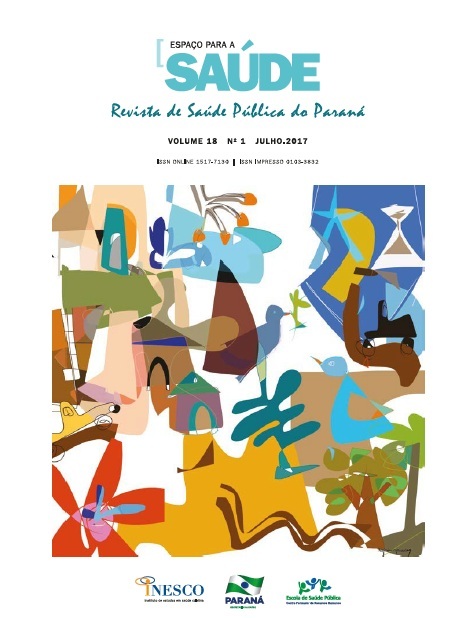Comparing intracranial aneurysm conventional surgical technique with endovascular technique carried out in the Public Health System
DOI:
https://doi.org/10.22421/15177130-2017v18n1p45Keywords:
Intracranial Aneurysm, Neurosurgery, Endovascular proceduresAbstract
The intracranial aneurisms occur in about 6% of world population. There are two possible techniques to treat intracranial aneurysms: the endovascular (embolization) and the conventional (microsurgery) surgery. The present study aims at comparing the aforementioned surgical techniques in the State of Paraná, Brazil, between 2008 and 2016. Our research is descriptive, documental, with a quantitative approach and simple analysis of the DATASUS secondary data. In Paraná, the endovascular technique is carried out in 84% of patients that are diagnosed as having intracranial aneurysm, and accounts for a total cost of 91%. The average cost of a patient undergoing endovascular technique is 93% higher if compared to the microsurgery technique. Results show that when using the endovascular technique the embolized patient hospital stay was 66,9% lower, and mortality rate decrease was 64,5%. Despite its cost, the endovascular treatment reduces hospital stay and mortality rate by over half due to its high safety.Downloads
Published
2017-07-17
How to Cite
1.
Iachecen F, Ribeiro ER, Camelo RFMP. Comparing intracranial aneurysm conventional surgical technique with endovascular technique carried out in the Public Health System. Espac. Saude [Internet]. 2017 Jul. 17 [cited 2024 Nov. 22];18(1):45-53. Available from: https://espacoparasaude.fpp.edu.br/index.php/espacosaude/article/view/344
Issue
Section
Artigos
License
Copyright (c) 2017 Espaço para a Saúde

This work is licensed under a Creative Commons Attribution 4.0 International License.
Authors who publish in this journal agree to the following terms:
- Authors grant the journal the copyright, with the work simultaneously licensed with Creative Commons CC BY, which allows the sharing of work with recognition of authorship and initial publication in this journal.
- Authors are authorized to assume additional contracts separately, for non-exclusive distribution of the version of the work published in this journal (e.g., to publish in an institutional repository or as a book chapter), with authorship recognition and initial publication in this journal.
- Authors are permitted and encouraged to publish and distribute their work online (e.g., in institutional repositories or on their personal page) at any point before or during the editorial process, as this can generate productive changes, as well as increase the impact and the citation of the published work (See The Effect of Free Access).






